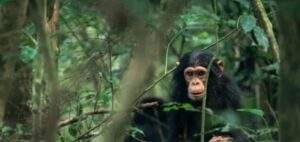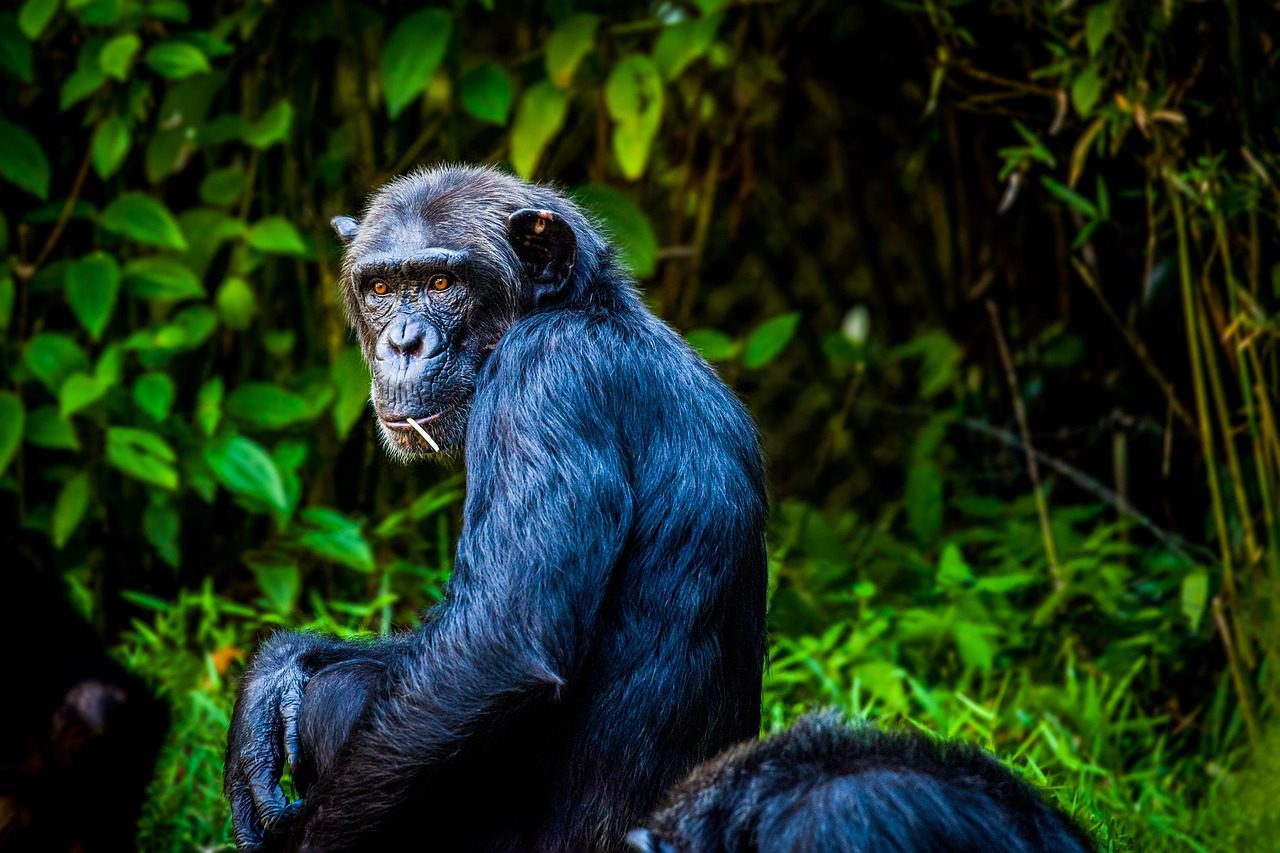Are There Chimpanzees in Tanzania’s Parks? An Inspirational Journey Into the Wild

The African wilderness calls to the soul in ways words can hardly describe. It’s in the stillness of ancient forests, the chorus of birds at dawn, and the rustle of unseen creatures among the trees. For many travelers, the dream of seeing chimpanzees in their natural habitat ranks high on the list of life’s most transformative adventures. And while countries like Uganda and Rwanda often steal the spotlight, Tanzania a country famed for the Serengeti and Mount Kilimanjaro quietly shelters one of the most intimate chimpanzee experiences on the continent.
Yes, there are chimpanzees in Tanzania’s parks. Hidden in the lush, remote corners of western Tanzania, two national parks ncounters with these incredible primates. This is your invitation to step into their world.
Discovering Chimpanzees in Gombe Stream National Park
Gombe Stream National Park is Tanzania’s smallest national park, but it holds monumental significance in the world of primatology. This is where Dr. Jane Goodall began her groundbreaking research in 1960, revolutionizing our understanding of chimpanzee behavior. Her legacy lives on, not only in science but in the ongoing protection of these animals and their forest home.
The park lies on the eastern shore of Lake Tanganyika, accessible only by boat from the town of Kigoma. This isolation has preserved its beauty an emerald haven of steep valleys, waterfalls, and tropical forest. Trekking through Gombe’s trails, you may suddenly hear the distant pant-hoots and calls of chimps echoing through the canopy. And then, there they are swinging between branches, grooming each other, or walking with surprising grace through the undergrowth.
Chimpanzee trekking in Gombe is both intimate and raw. Groups are small, and the focus is entirely on observation, respecting the chimps’ space and natural behavior. The experience feels like a deeply personal connection with our closest living relatives.
Mahale Mountains National Park: Wilderness Untamed
Farther south along Lake Tanganyika’s shoreline lies Mahale Mountains National Park, arguably one of Africa’s best-kept secrets. Remote, vast, and pristine, Mahale is accessible only by boat or small aircraft. It’s a journey that demands effort but the reward is an experience so pure and wild, it defies comparison.
Mahale is home to one of the largest protected populations of eastern chimpanzees in the world. The Mimikire clan, a well-habituated group of chimps, roams the dense forest slopes of the Mahale Mountains, offering guests the rare chance to observe these intelligent beings up close. The trekking here is more challenging than in Gombe, but the setting where rainforest meets sandy beaches and the vast blue of Lake Tanganyika is nothing short of breathtaking.
Trekking in Mahale is immersive and deeply moving. You’ll hike through a landscape that has remained untouched for centuries, guided by experienced trackers who know the forest intimately. When you finally encounter the chimps, it feels like stepping into a sacred world. You see their eyes so expressive, so familiar and you realize you’re witnessing a mirror of humanity itself.
What to Expect from a Chimpanzee Trekking Experience
Chimpanzee trekking in Tanzania is a profound adventure, but it’s also an active one. Expect to hike for several hours, often in humid and rugged terrain. The forest paths are not manicured trails they’re wild and real. But that’s part of the magic.
Treks usually begin early in the morning when chimpanzees are most active. Your guide and trackers will follow signs fresh nests, vocalizations, or broken branches to lead you to the chimpanzee group. Once found, you’ll have an hour to quietly observe. You might see mothers cradling infants, adolescents playing in the trees, or dominant males asserting their presence.
Unlike game drives on the open savannah, chimpanzee trekking is deeply personal. You are on foot, part of the forest, moving at the pace of nature. It’s a humbling and awe-inspiring encounter that touches something primal within.
When Is the Best Time to See Chimpanzees in Tanzania?
The dry season, from June to October, is the best time for chimpanzee trekking. During this period, the forest is less dense, and the chimps tend to stay closer to the trails and lower altitudes. The wet season (November to May) makes trekking more challenging due to slippery trails and denser foliage, but it also brings lush greenery and fewer visitors.
Both Gombe and Mahale remain relatively off the beaten path year-round, making them ideal for travelers seeking authentic, uncrowded wildlife experiences.
Why Choose Tanzania for Chimpanzee Trekking?
Tanzania offers something unique: the blend of primate tracking and a wilderness that is still truly wild. Gombe and Mahale are not commercialized parks with large crowds. They are sanctuaries remote, beautiful, and filled with the raw pulse of nature. Here, you don’t just see chimpanzees. You feel the heartbeat of the forest, the rhythm of life untouched by modern noise.
Moreover, combining a chimpanzee trek with a classic Tanzanian safari creates a diverse and unforgettable itinerary. Imagine watching lions in the Serengeti, then flying west to sit under towering trees while chimpanzees swing above you. It’s the full circle of African wilderness.
Responsible Tourism and Conservation
Trekking with chimpanzees in Tanzania is more than a bucket-list experience it’s also a form of conservation. By visiting these remote parks, travelers contribute directly to their protection. Park fees support local communities and fund vital conservation programs. Ethical tourism, when done right, becomes a lifeline for endangered species.
Both Gombe and Mahale have strict rules in place to ensure minimal disturbance to the chimpanzees. Trekkers must maintain a safe distance, stay quiet, and follow their guides’ instructions carefully. These measures not only protect the chimps but also preserve the integrity of the experience.
Practical Tips for Chimpanzee Trekking in Tanzania
Fitness: Be prepared for moderately strenuous hikes. The terrain is steep and forested.
What to wear: Long-sleeved shirts, long trousers, sturdy hiking boots, and neutral-colored clothing are recommended.
Health precautions: You must be in good health, as human diseases can easily be transmitted to chimpanzees.
Permits: Chimpanzee trekking requires permits, which are usually arranged through tour operators or directly with park authorities.
Photography: Allowed, but no flash. A good zoom lens is useful to capture expressive details without getting too close.
Final Thoughts: A Journey That Changes You
There are moments in travel that etch themselves permanently into your memory. Hearing the whoop of a chimpanzee echo through a Tanzanian forest is one of those moments. It’s not just about seeing wildlife it’s about rediscovering your place within the living world. In the eyes of a chimpanzee, we find curiosity, intelligence, even a flicker of recognition. It’s a meeting of worlds that inspires humility and awe.





